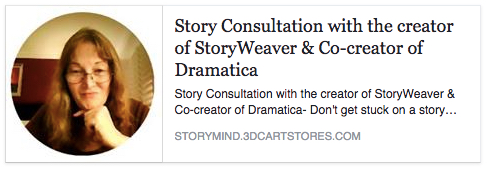Here’s a good general template for beginning writers that outlines some of the key events and activities that are best addressed in each of your three acts.
ACT ONE
Act one is about the Set Up. It establishes the way things are when the problem begins. It introduces the problem, establishes the goal and its requirements, as well as the consequences if the goal is not achieved.
Many stories include a journey or quest that leads to the goal. In such stories, the first act concerns discovery of the need for and nature of the quest, the acceptance of the quest, and preparations to embark. Act one then concludes with the final preparations and a restatement of the necessity of the quest by reminding the reader/audience of the potential consequences.
In all stories, by the end of act one, the reader/audience must understand what the story is about, what is to be achieved, and how the effort toward that end is expected to proceed.
Keep in mind that for storytelling purposes you may intend to fool your audience into believing the goal is one thing when it will later turn out to be another.
Also, the plot of many stories includes a “teaser” at the very beginning of the act. The teaser is an emotional “hook” meant to snare reader interest and draw them into the book or movie. Almost every television episode begins with a teaser to keep the audience from changing the channel.
Teasers may or may not have anything to do with the story at large. Sometimes they are simply exciting emotional or action-oriented extravaganzas which are nothing more than entertainment, and add nothing to the structure of the real story about to begin.
In any event, by the end of the first act, your reader/audience must feel it understands what the story is about and the direction it appears to be taking.
ACT TWO
This is the Act of Development. The second act develops plot points that you set up in your first act, adding richness and detail to your story.
If there’s a journey in your story, act two is about the beginning and progress of that quest. As progress is made, the obstacles to progress become more substantial. Every step taken towards that goal increases in difficulty.
Somewhere in Act Two there is a major plot twist, either physically or due to information uncovered, that throws the whole story into left field. In some stories this twist happens in the middle of the act. The second half of the act is spent trying to recover from the set back and begin anew. In other stories, this twist occurs at the end of the second act, driving the quest in a whole new direction with the beginning of act three.
ACT THREE
This is the Act of the Climax. The whole of the third act is leading up to that point, creating tension and suspense. This is what your entire story has been leading up to. You want your third act to be more fast-paced than the rest of your story, and a lot more suspenseful.
The most compelling stories build the forces for and against the goal so that each becomes stronger and stronger. At the point of climax each is so powerful that something has to give – the tension is just too great. And yet, since they are balanced, the outcome is still uncertain.
The progression of the third act of plot is often heavily influenced by genre. For example, a compelling mystery might be designed to spread suspicion even wider than before, rather than narrowing in on just a few characters. Therefore, the sense of building tension may spring from increasing confusion, rather than understanding.
In all cases, act three must draw all dynamic forces to a head and eventually tie up all loose ends.
SUMMING UP
Certainly there are a lot of other structural and storytelling tasks readers or audience are used to encountering in each act, such as character introductions and growth, exploration of your theme, and employment of dramatic elements specific to your genre.
Still, using this template as a foundational guide can help provide a framework for additional development and insure that the spine of your dramatics is sound.
*******
For complete story development help, consider trying my
StoryWeaver Step By Step Story Development Software risk-free for 90 days.

And for even more personalized help,
contact me about my story consultation services.


